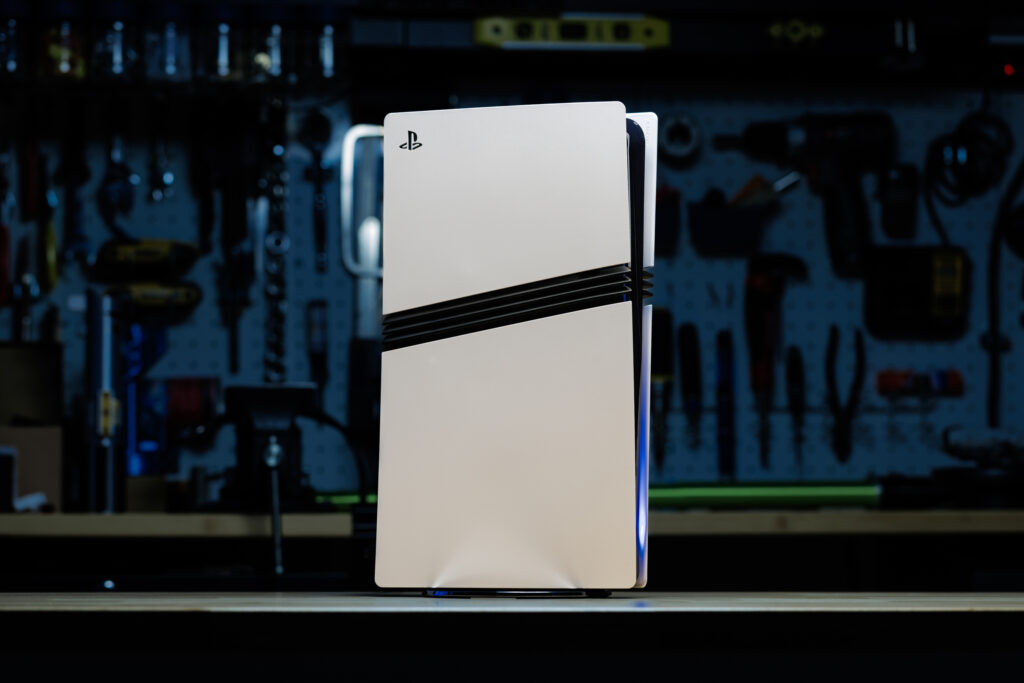
Sony’s next console (presumably the PS6) is coming in “a few years time,” according to someone who I’d believe to make that claim. Mark Cerny, lead architect on the PS5 and PS5 Pro, joined Jack Huynh, SVP and GM of AMD’s computing and graphics group, in a YouTube video wherein the pair spend nine minutes going through some very specific, co-developed advancements in graphics technology that will come to the next console. But the pair cautioned that the technologies are still in “very early days” and “only exist in simulation right now.”
Much of it boils down to how the companies are working to make it easier for future GPUs to handle graphics upscaling, ray tracing, and the super-intensive path tracing techniques used to make game worlds look more realistic. Cerny says “the current approach has reached its limit,” so Sony is working with AMD to integrate components of its next-gen RDNA architecture in future consoles. AMD’s Huynh introduced Radiance Cores (similar in theory to Nvidia’s RT Cores) that are dedicated to handling ray tracing and path tracing. In addition to Sony’s new consoles having the new cores, they will almost certainly be built into AMD’s future desktop GPUs, too, and likely within whatever it’s assisting with in its Xbox partnership.
The Radiance Cores supposedly deliver a speed boost to performance, freeing up other components to quickly process shaders and textures instead of having to spin so many plates, so to speak. This new GPU tech will also benefit from advancements in AMD’s FSR Redstone, its latest AI-assisted upscaling technology, such as Neural Radiance Caching, as well as likely whatever upscaling tech comes after.
Another key area of improvement is compression, which will free up more bandwidth for GPUs to run future games at peak performance and fidelity. Sony’s improving on the Delta Color Compression technique (used on the PS5 and PS5 Pro) that compress textures and render targets. Its next hardware will utilize the new, more efficient technique called Universal Compression that compresses everything in the pipeline. Huynh says this will let the GPU deliver “more detail, higher frame rates, and greater efficiency.” More compression could raise the performance ceiling of a GPU, so it should also let it run more efficiently in a low-power mode, should the need arise.
Speaking of, it’s easy to see how these improvements could benefit the rumored PlayStation handheld that’s allegedly in development. Sony and AMD’s work to reduce the stress on GPUs could theoretically be applied to any form factor, such as a handheld. Sony has already made strides in efficiency on the PS5, with a new Power Saver mode that can scale back game performance in favor of lower power consumption. In a nutshell, those are the key ingredients necessary to run games on a handheld.
It’s encouraging to see Sony being proactive about showing how it’s working to make the GPUs in its upcoming devices (be it the PS6 or a handheld) as capable as possible. For now, we’ll pretend that this news doesn’t cast a shadow over the aging PS5 and the not-as-powerful-as-we’d-hoped PS5 Pro.




This is an exciting update for gamers! It’s always intriguing to see how new technology can enhance our gaming experiences. Looking forward to more details about the PS6 and what it will bring to the table!